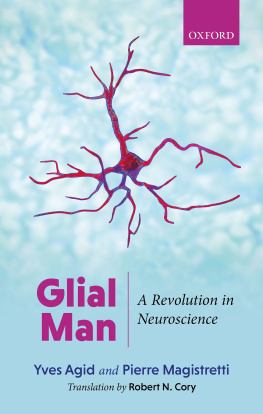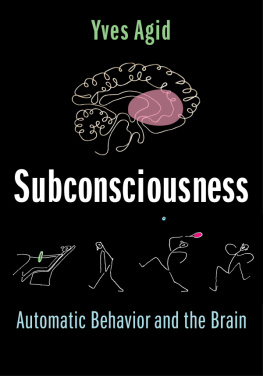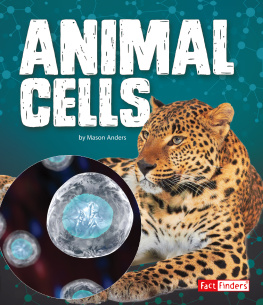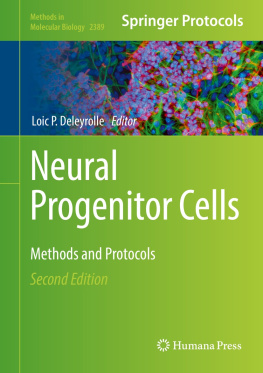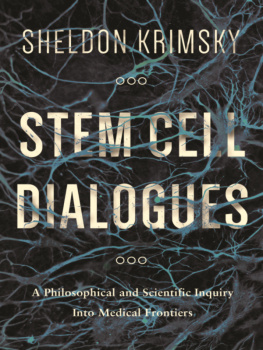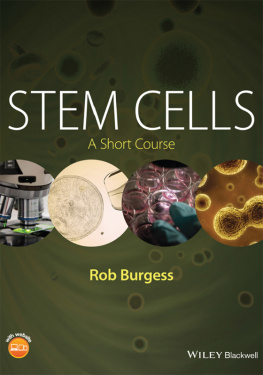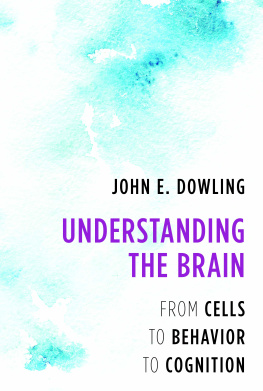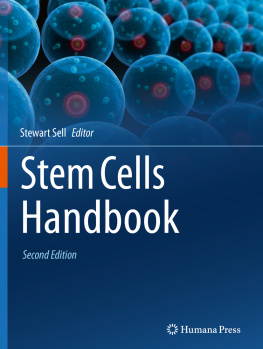GLIAL MAN

Great Clarendon Street, Oxford, OX2 6DP,
United Kingdom
Oxford University Press is a department of the University of Oxford. It furthers the Universitys objective of excellence in research, scholarship, and education by publishing worldwide. Oxford is a registered trade mark of Oxford University Press in the UK and in certain other countries
Oxford University Press 2021
Illustrations by Yves Agid.
ODILE JACOB, 2018
Originally published as LHOMME GLIAL: Une rvolution dans les sciences du cerveau,
Yves Agid et Pierre Magistretti, ODILE JACOB, 2018
The moral rights of the authors have been asserted
First Edition published in 2020
Impression: 1
All rights reserved. No part of this publication may be reproduced, stored in a retrieval system, or transmitted, in any form or by any means, without the prior permission in writing of Oxford University Press, or as expressly permitted by law, by licence or under terms agreed with the appropriate reprographics rights organization. Enquiries concerning reproduction outside the scope of the above should be sent to the Rights Department, Oxford University Press, at the address above
You must not circulate this work in any other form and you must impose this same condition on any acquirer
Published in the United States of America by Oxford University Press
198 Madison Avenue, New York, NY 10016, United States of America
British Library Cataloguing in Publication Data
Data available
Library of Congress Control Number: 2020944416
ISBN 9780198847670
eISBN 9780192587015
Oxford University Press makes no representation, express or implied, that the drug dosages in this book are correct. Readers must therefore always check the product information and clinical procedures with the most up-to-date published product information and data sheets provided by the manufacturers and the most recent codes of conduct and safety regulations. The authors and the publishers do not accept responsibility or legal liability for any errors in the text or for the misuse or misapplication of material in this work. Except where otherwise stated, drug dosages and recommendations are for the non-pregnant adult who is not breast-feeding
Links to third party websites are provided by Oxford in good faith and for information only. Oxford disclaims any responsibility for the materials contained in any third party website referenced in this work.
Acknowledgements
Yves Agid:this book was written, in large part, while I stayed abroad with friends in Martinique, first at the home of Claude Archambault (La Clmasol) and then in the company of Marie-Jose and John Persenda (Pointe Royale). I thank them wholeheartedly for their hospitality. Thanks also go to Agns Renard who guided and supported me throughout this long period of writing.
Pierre Magistretti: many thanks to Christine, who has accompanied me throughout my 35-year glial journey.
Both authors:we are indebted to all those, who in one way or another, helped us see this book to completion; in particular we acknowledge the input of Andreas Hartmann, Jean-Lon Thomas, and Bernard Zalc. Thanks are also due Monica Navarro Suarez for compiling the references and, finally, our gratitude goes to Odile Jacob for editing and publishing the French edition of this manuscript and to Marie-Lorraine Colas for help in making it readable.
The translatorof this English edition, Robert N. Cory, would like to express his gratitude to Mary Thaler, PhD, for her invaluable editorial assistance throughout this project; and to Martin Baum (Oxford University Press) and Shuichiro Takeda for their encouragement and support.
Contents
Why do we need a different approach to understanding the human brain? And what do we mean when we use the phrase glial man? If we want to understand how systems function, whether mechanical or living, we need to be absolutely clear about their components. Presumably everyone knows what the brain is, and most have heard that it is composed of neurons. The word neuron has become such a part of our everyday vocabulary that a French politician, in response to a biting interview question, exclaimed: give me credit for having at least two neurons to rub together! It wouldnt have occurred to him to say . . . two glial cells!

